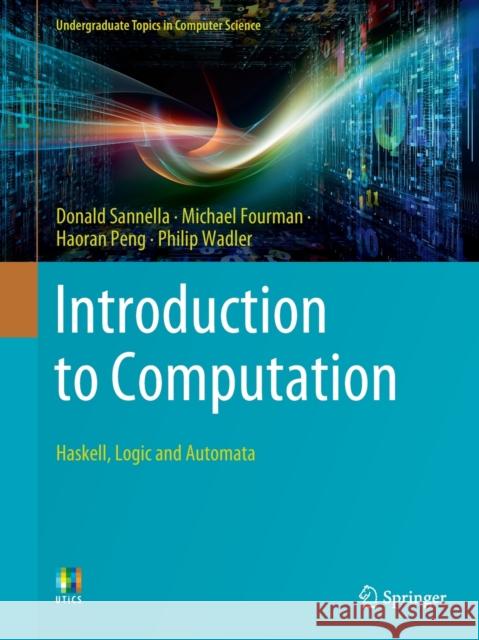Introduction to Computation: Haskell, Logic and Automata » książka
topmenu
Introduction to Computation: Haskell, Logic and Automata
ISBN-13: 9783030769079 / Angielski / Miękka / 2022 / 366 str.
Kategorie:
Kategorie BISAC:
Wydawca:
Springer Nature Switzerland AG
Seria wydawnicza:
Język:
Angielski
ISBN-13:
9783030769079
Rok wydania:
2022
Wydanie:
2021
Numer serii:
000343004
Ilość stron:
366
Waga:
0.85 kg
Wymiary:
27.94 x 20.96 x 2.01
Oprawa:
Miękka
Wolumenów:
01
Dodatkowe informacje:
Wydanie ilustrowane











